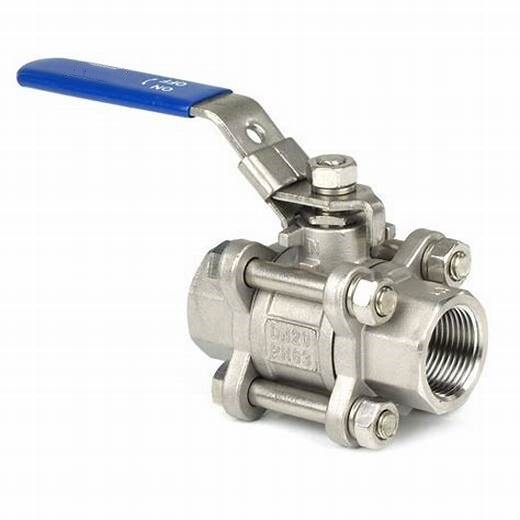side entry floating ball valve
Understanding Side Entry Floating Ball Valves
In the realm of fluid control and management, valves play a crucial role in regulating the flow of liquids and gases in various industrial applications. Among the myriad of valve designs available, the side entry floating ball valve stands out due to its unique structural benefits and functional capabilities. This article delves into the nuances of side entry floating ball valves, exploring their design, working mechanism, advantages, and applications.
Design Features
A side entry floating ball valve typically features a spherical ball with a passage hole that allows fluid to flow through when the valve is open. The term floating indicates that the ball is not rigidly fixed in place; instead, it is free to move slightly. This movement is essential as it allows the ball to create a tight seal against the valve seats when the valve is closed, preventing leaks.
The side entry design refers to the way the valve is assembled. Unlike top-entry valves, which require disassembly from the top, side entry valves can be assembled and maintained from the side. This feature presents a significant advantage, particularly in applications where space is limited or where ease of maintenance is a priority.
Working Mechanism
The operation of a side entry floating ball valve is straightforward yet effective. When the valve handle is turned, the ball rotates 90 degrees. In the open position, the flow path through the center of the ball aligns with the pipeline, allowing fluid to pass through. Conversely, when the handle is turned to the closed position, the ball rotates to a position that blocks the flow, effectively stopping the fluid from passing.
Because the ball is floating, the pressure of the fluid acting on the ball helps push it against the upstream seat, ensuring a robust seal under various operating conditions. This feature ensures that the valve can withstand a wide range of pressure and temperature scenarios, making it suitable for diverse applications.
Advantages of Side Entry Floating Ball Valves
side entry floating ball valve

1. Robust Seal The floating mechanism allows for a more effective seal against the seat, significantly reducing the potential for leaks. This is particularly important in critical processes where even a small leak can lead to significant issues.
2. Ease of Maintenance The side entry design permits easier access for maintenance and repair, which is a crucial factor for industries looking to minimize downtime. The ability to service the valve without needing to remove it from the pipeline saves both time and labor costs.
3. Versatility Side entry floating ball valves can be used in a wide array of applications, including oil and gas, water treatment, chemical processing, and HVAC systems. Their compatibility with various materials and fluids further enhances their utility.
4. Durability Constructed from high-quality materials, these valves exhibit exceptional durability, standing up to harsh environments and demanding operational conditions. This longevity translates to reduced replacement frequency and lower lifecycle costs.
Applications
Side entry floating ball valves find extensive use in several industries. In the oil and gas sector, they are employed in upstream and downstream processes to control fluid flow effectively. In water treatment facilities, these valves regulate the flow of potable and wastewater, ensuring reliable operation across treatment stages. Additionally, they are prevalent in chemical processing plants, where they help manage corrosive and viscous fluids.
Conclusion
In summary, side entry floating ball valves serve as a critical component in fluid management systems, offering reliability, ease of maintenance, and effective sealing capabilities. Their design optimizes both functionality and accessibility, making them an ideal choice for various industrial applications. As industries continue to evolve and demand more sophisticated solutions for fluid control, the role of side entry floating ball valves will undoubtedly remain significant. By understanding and embracing this technology, companies can improve their operational efficiency and ensure higher standards of safety and reliability.
-
The Key to Fluid Control: Exploring the Advantages of Ball Valves in Industrial SystemsNewsJul.09,2025
-
The Versatile World of 1, 2, and 3 Piece Ball ValvesNewsJul.09,2025
-
Stainless Steel Ball Valves: The Ideal Choice for Efficient Flow ControlNewsJul.09,2025
-
Optimizing Fluid Control with Ball Float ValvesNewsJul.09,2025
-
Manual Gate Valves: Essential for Control and EfficiencyNewsJul.09,2025
-
Everything You Need to Know About Butterfly ValvesNewsJul.09,2025
-
The Versatility of Wafer Type Butterfly ValvesNewsJul.08,2025




